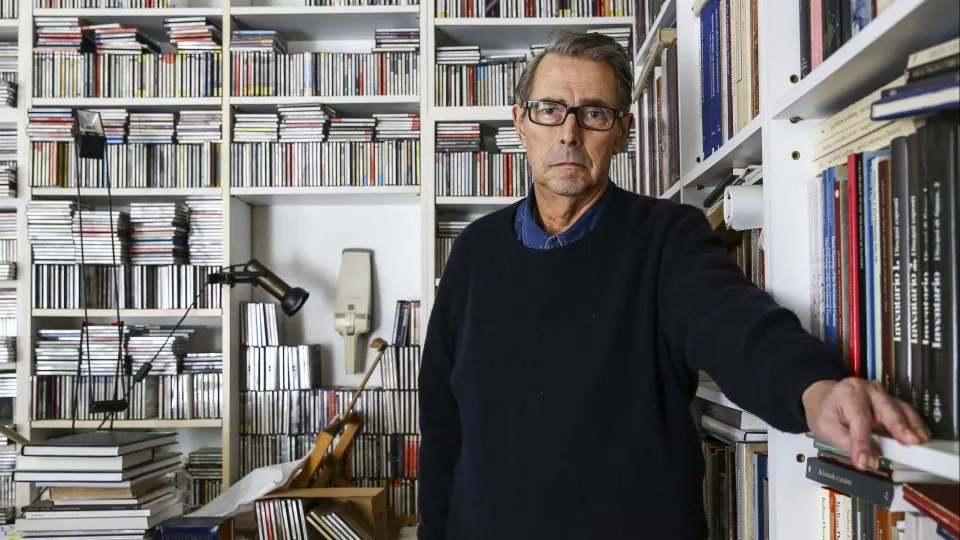
Eduardo Batarda passed away on Friday in Lisbon at the age of 81, announced Pedro Oliveira and Miguel Nabinho galleries in a joint statement.
The CACE, in a declaration on their website, referred to Batarda as “a major figure in contemporary Portuguese art, whose journey indelibly marked the country’s cultural history.”
Under the supervision of Museus e Monumentos de Portugal, with art historian Sandra Vieira Jürgens as curator, CACE recalls Batarda’s teaching career at the Faculty of Fine Arts at the University of Porto for over three decades, “where he left a lasting impression on successive generations of students,” as well as his “virtuoso technique” and “critical and rigorous attitude towards artistic practice.”
“Eduardo Batarda stood out for the courage and boldness of his language, building a legacy that combines formal experimentation, critical density, and a unique irony,” the CACE message concludes, noting its collection of representative paintings by the artist, from different periods, including “El Cineasta” (1979), “Tigre da Malásia” (1985), and “Azambuja” (2001).
Art historian João Pinharanda, director of MAAT, remembers “one of the most remarkable artists of the last 60 years of Portuguese art,” in a message published on the EDP Foundation’s website.
Pinharanda highlights several levels of Batarda’s influence in Portuguese art: as an artist, professor, and scholar, “possessor of one of the most extensive libraries on Renaissance and Baroque art, recently donated to the Faculty of Social and Human Sciences of Universidade Nova.”
“The meticulousness and perfectionism he invested in all his works were accompanied by a fierce critical and self-critical awareness of the political, social, and cultural reality of his Portuguese and Western times,” emphasizes the MAAT director, highlighting the figurative nature of his watercolors, where “this dimension was evident and immediately unsettling.”
In abstract painting, “the critical aspect reveals itself in the dense wordplay, titles, or successive explicit or coded inscriptions covering the surface of many works,” he notes.
João Pinharanda also recalls Batarda’s “last major solo exhibition,” “Misquoteros,” held at MAAT in 2016: “The hypercritical, profoundly erudite, and sarcastic humor characteristics of his work [asserted] themselves to the point of presenting us with three dozen large canvases entirely covered by text that could be read continuously, confirming both his extraordinary writing skills and his eternal play of meanings.”
Eduardo Manuel Batarda Fernandes was born in Coimbra, at the end of October 1943. He initially enrolled in Medicine, which he left in 1963 to study Painting at the Higher School of Fine Arts in Lisbon, and later at the Royal College of Art in London.
In 1976, he began teaching at the Higher School of Fine Arts of Porto, balancing teaching with an artistic career.
His first exhibitions date back to 1966-1968. In 1998, he had a retrospective exhibition at the Gulbenkian’s Modern Art Center with over 200 works. Recent notable exhibitions include the retrospective at the Serralves Museum in Porto, “Eduardo Batarda: Outra Vez Não,” in 2011, and “Misquoteros” at MAAT.
This year, Eduardo Batarda was a “central figure” at the Maia Contemporary Art Biennale.
The winner of the EDP Foundation Plastic Arts Award in 2007 and the Amadeo de Souza-Cardoso Grand Prize in 2019, Eduardo Batarda was honored in 2020 with the Medal of Cultural Merit by the Ministry of Culture.




